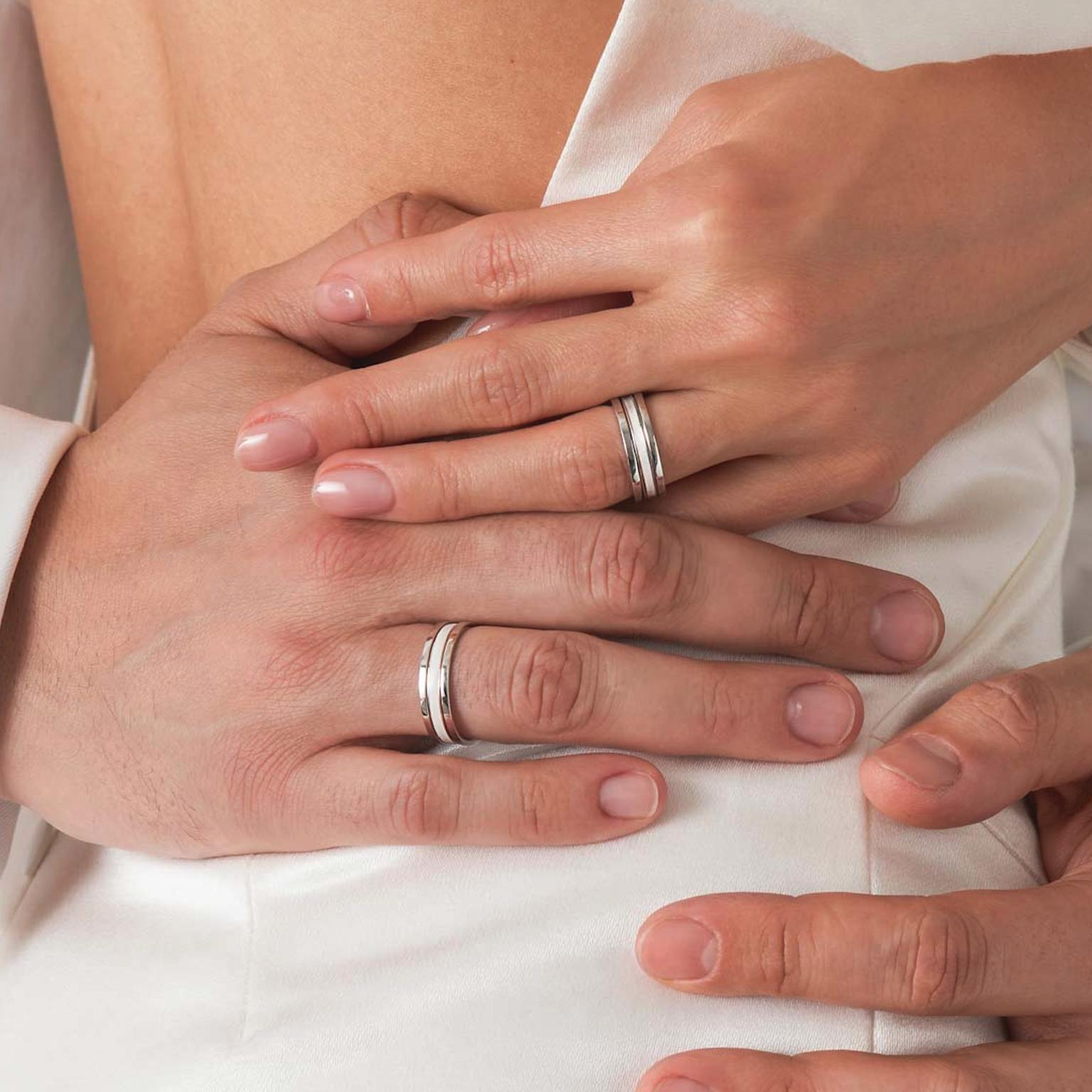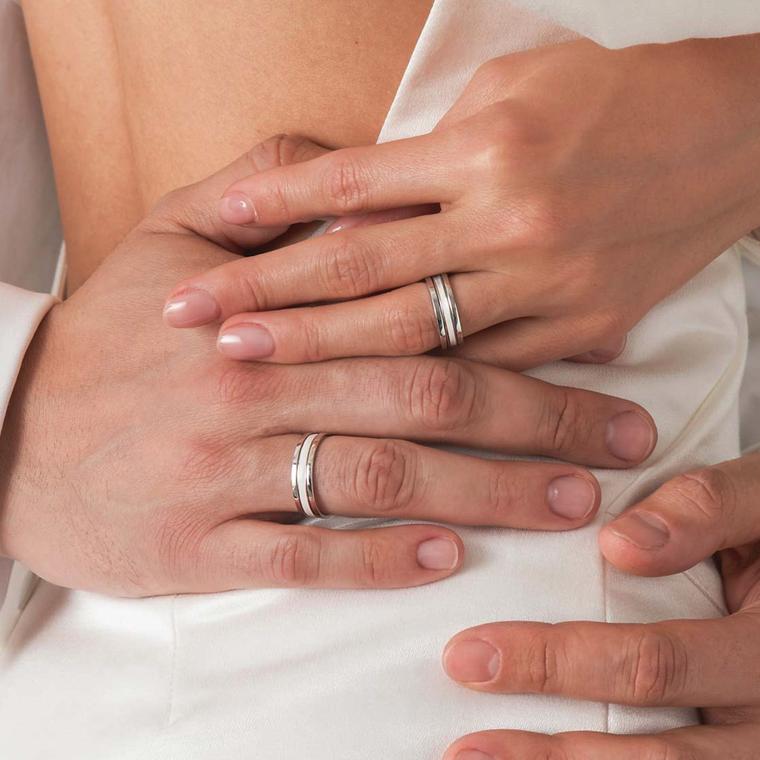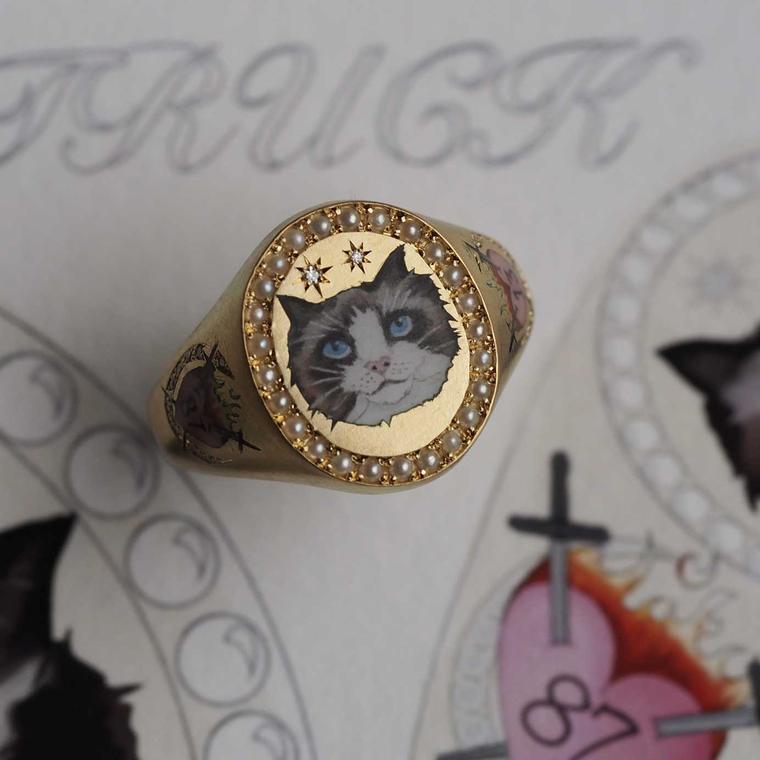A happy couple went viral last year when they posted their Disneyland engagement to TikTok. Viewed over 14.2 million times, the video shows a man and a woman posing for photos in front of the Disney castle. The woman gets down on one knee, taking a jewellery box out from behind her back. Visibly surprised, her boyfriend bursts out laughing. He kneels down too and reveals another engagement ring. The two laugh the moment off, kissing, as the crowd around them cheers at this unexpected double proposal.
Though this one was unplanned, joint marriage proposals – when both parties ask for the other’s hand – are increasingly common. “It sets the stage for a relationship where neither person has the upper hand,” says Kirsten Palladino, editor of the LGBTQ+ magazine Equally Wed who was interviewed by The Guardian back in 2020. Frequent in the queer community, mutual engagements are also on the rise in heterosexual couples. According to a recent study, 16% of women now pop the question, up from 5% in 2010.
Engagements continue to become more progressive, and so do the rings that come along with them. Some jewellers looking to shake up bridal offers are designing bands fit for non-traditional proposals. When Paris-based Marie Cabirou of Marie Mas noticed many of her clients were looking for two engagement rings instead of one, she created the “we” ring. Designed to be worn by any couple, two sleek loops connect to make a single piece. “The joining of the two bands is meant to symbolise lovers uniting,” she explains, “couples often buy the ring to get engaged.”
Driving mutual proposals is younger generations’ desire to modernise weddings, with many choosing to break away from the tradition where a man asks a woman for her hand. “I’m a dude, but I don’t care about gender norms. I have always thought diamonds were stunning,” writes one Reddit user sharing a photo of his sparkly diamond engagement ring online.
L. L. Devine, founder of gender-inclusive jewellery brand LOLiDE, points out the “sexist” history of engagements, where rings became a symbol of “ownership and oppression of women.” Looking to rewrite the wedding narrative, Mx Devine sells “coupled” engagement rings with shared elements so they “look like a set.” While “traditional proposals are still most common,” the jeweller has observed a steady rise in the number of clients opting for the coupled rings.

Though proposing at the same time isn’t the norm just yet, many partners now design their engagement ring (or rings) together. In 2023, 80% of proposees had some type of involvement in the selecting or purchasing of their ring, according to The Knot. Eliza Walter of the sustainable jewellery brand Lylies, explains that “about half” of her clients use “promise rings” when they want the proposal to be a secret. These are unisex bands the proposer uses as a placeholder for the engagement. Then, the couple comes back to co-design their forever rings together.

“Relationships have evolved and people want to feel like their engagement is something they do as a team,” says Eliza. The rise of bespoke engagement rings is also common amongst more established jewellers. Theo Fennell, who has been crafting high-end jewellery since the 1980s, says most of the engagement rings they make are bespoke. “Our clients want a piece that is personal and original rather than something standard,” says the British jeweller, echoing others on the importance today’s engaged couples place on individuality.



















